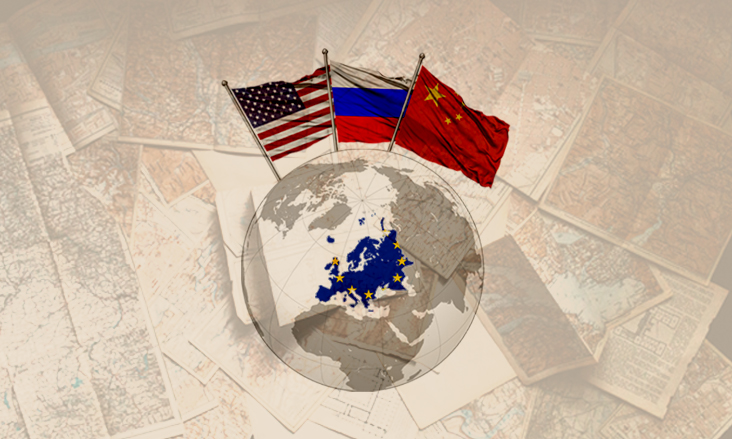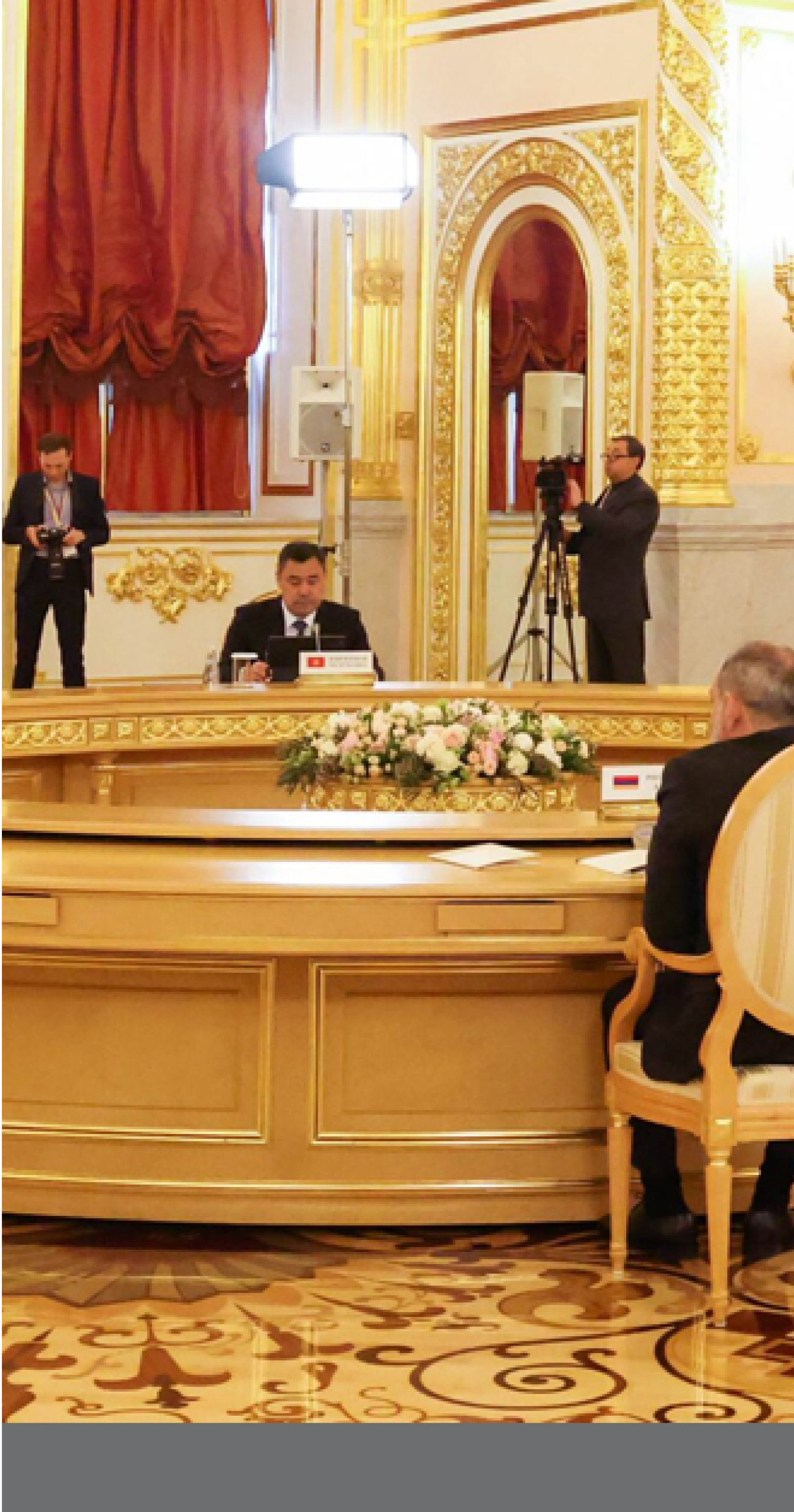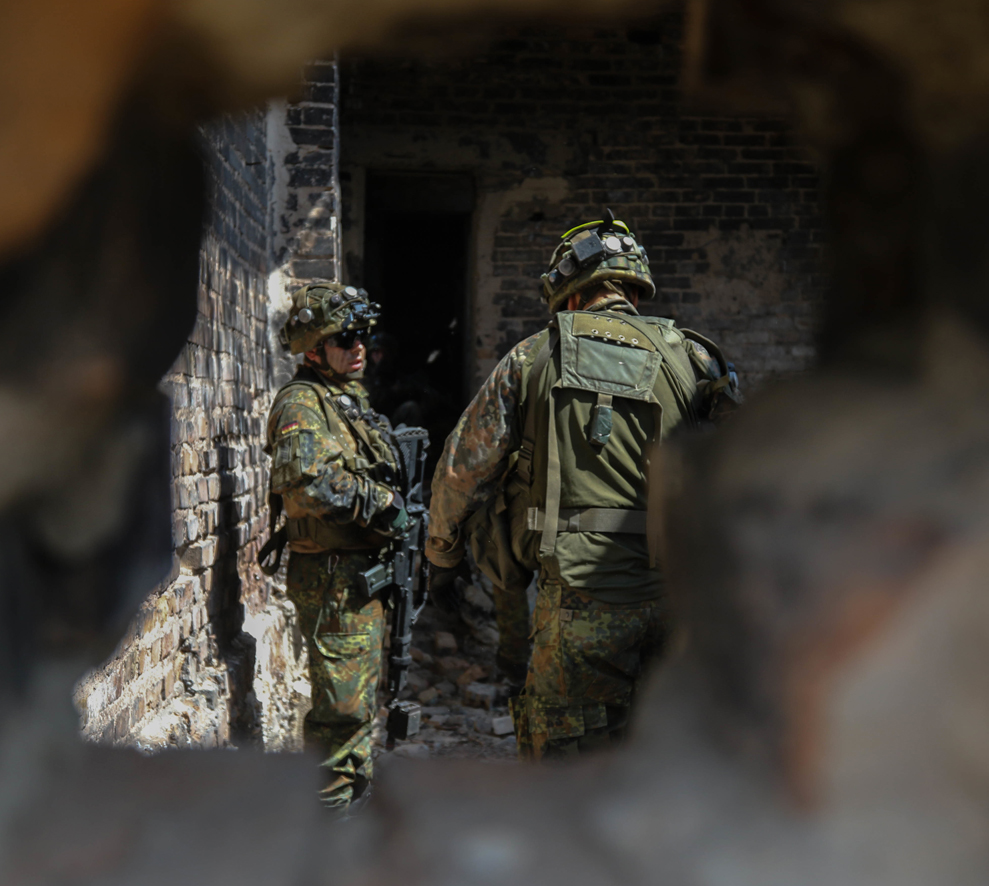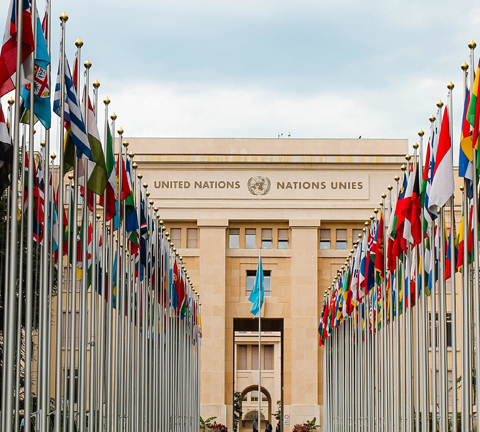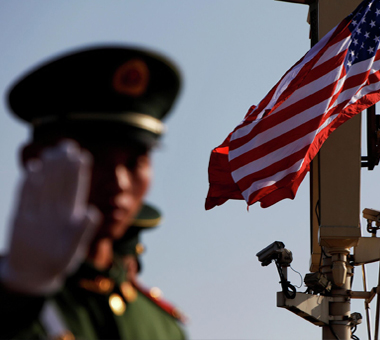The European continent is experiencing several dynamic interactions, mainly including the Crimean crisis, the dispute with Washington over the NATO funding, the British exit from the European Union (EU), and the repercussions of China’s global expansion. Once again, this has rendered the continent an area of competition over influence and hegemony, with a serious attempt by competing and conflicting international parties to impose a new balance of power globally. Some might argue about how serious such changes would be in marking real turning points. While waiting for the implication of such ripening transformations, Europe will remain, as it has always been historically, a center of global transformations that is open to all possibilities during this race for gaining influence over its lands.
The present paper, therefore, attempts to answer the following questions:
1. Will the U.S. maintain the current level of bilateral relations with the European Union?
2. Will the U.S. really pursue a regressive policy? If so, will China and Russia be able to fill the emerging power vacuum?
3. Is there a new European political identity formed in isolation of the current international polarization?
The U.S.-European Relations
Many political analysts suggest that the explicit U.S.-European dispute over the mechanism of addressing the Iranian nuclear file is a dispute in strategic visions, not a mere difference in views. This has raised doubts -especially amid the exchanged accusations and threats- about the possibility of maintaining the advanced level of relations between the two sides of the Atlantic Ocean. Historically, NATO has been depicted as an expression of strategic harmony between its members on various common issues and challenges. NATO Secretary-General Jens Stoltenberg said last May that NATO’s unity is endangered by the disputes between the United States and Europe.
There are several factors or events that seem to pose a threat to the U.S.-European relations at the strategic level:
1. The disputes over the fund allocations to NATO's annual budget: a matter raised by the U.S. president who compared the amount of spending and the revenues. He explicitly and clearly demanded that Europe should be fair in sharing the defense burden.
2. The calls of French President Emmanuel Macron to form a united European army that protects Europe against China, Russia and even the United States: Such a proposal can be analyzed at many levels, suggesting that there is either a European desire to move apart from Washington, or to enhance the European terms of negotiation with regard to other pending issues.
3. The European Union was not exempted from Trump’s "protective" tariff approach. This could be an important factor in affecting the relationship between the two parties if the U.S. tariffs were raised to about 25%.
Although there are indications of a decline in U.S.-European relations, the U.S. strategic mindset would continue to perceive Europe as a pivotal area for the sake of maintaining its vital global interests. The U.S. cannot overlook the important locations of Europe's straits, which provides free access to the U.S. naval fleet into the strategic depth of the U.S. most significant international rivals i.e. Russia and China.
The mutual threat that is emanating from Russia is also a factor of such a cohesive relationship between the United States and the European NATO countries, especially with the recurrence of violent incidents associated with the Ukrainian crisis. Last November, Russia seized three Ukrainian warships after entering the Russian territorial waters, according to a Russian Federal Security Service statement, prompting Washington and senior NATO officials to make joint supportive statements.
The Pentagon spokesman Eric Pahon announced the launch of joint flights to Ukraine with the coordination between the U.S. and the NATO air forces, in a bid to emphasize their common commitment to defend Ukraine.
Russia, China, and the European Gains
While there were indications that the U.S.-European relations are declining, the Russian and Chinese interests in the European continent have been growing. As the U.S. sanctions policies towards China and Russia were fostered, the need arose for both countries to come together on a common ground of interests to compete with the U.S. influence in Europe.
At the same time, there are indications of a slight increase in China’s trade influence over Europe, with the trade volume amounting to $22 billion between China and the EU during the first half of 2018, marking an 11% increase, according to the Chinese customs data. Meanwhile, Russia’s trade volume with the EU reached $222.8 billion in 2017, marking a 23% increase on an annual basis, according to the Russian Federal Customs Service.
Although these figures seem insignificant compared to the U.S. trade relations with the EU, the U.S. is still concerned; it is attempting to strategically block the vital goals of Russia and China. This block is specifically targeting Russia, whose geographical extensions are open to Europe.
The 2014 Ukrainian crisis has contributed to restricting the flow of Russian gas to Europe. The volume of the Russian gas flow to Europe through Ukraine has significantly dropped, prompting Moscow to build two pipelines. The first is the "TurkStream", which will surround Ukraine and carry the Russian gas to Europe via Turkey. Despite the U.S. threats to the European companies working on the project, the offshore part of the project was completed in October 2018. The other pipeline is "Nord Stream II", which is 1,200 kilometers long and goes directly to Germany. It is expected to start operating by 2019.
In this context, it can be said that the flexibility of German Chancellor Angela Merkel and her facilitation of executing the "Nord Stream II" project has had a role in further declining the U.S.-German relations. The argument was that Germany is challenging the repeated U.S. calls to stop Russia’s monopoly over the European energy market.
This is in light of the U.S. attempts to market its Shale gas in Europe as a competitor to the Russian gas. Meanwhile, the Polish government signed a contract to import the U.S. gas for 20 years, an agreement that will go into effect upon the termination of Poland’s contract with Russia by 2022. Poland’s opposition to the "Nord Stream II" project is primarily political, demanding that the U.S. imposes sanctions on the project.
In 2017, the U.S. began exporting its gas to Poland and then Lithuania, which was the first former Soviet republic to receive liquefied natural gas from the United States.
As the extraction technologies are advancing, the shale gas has enjoyed higher economic feasibility with lower extraction costs, which encouraged the U.S. energy corporates to enter the highly competitive European energy market that is linked to the states' political trends.
Europe and the Silk Road
China seeks to take advantage of Europe's unique geographical location to complete its "Silk Road" project, which aims to establish a logistic transport network for goods and people. The network links more than 65 countries, whose total population constitute half the world’s population. The project revenues from the trade exchange would amount to hundreds of billions of dollars as part of China's endeavors to increase its economic and political weight in the world.
The Chinese project raises concerns among the EU countries. According to a document signed by 27 out of 28 European ambassadors in Beijing, the project contradicts the EU’s objectives of supporting global trade away from state-owned and state-planned economies.
The European Union did not only refrain from supporting the Silk Road but also launched a strategy for the "EU-Asia Connectivity" in Brussels during a major summit that brought together the heads of European and Asian states in October 2018. The strategy, according to the High Representative of the EU for Foreign Affairs Federica Mogherini, is aimed at creating new jobs, stimulating economic growth, and granting advantages and benefits to the local communities.
This can be considered an actual competition with the Chinese project even though Brussels stressed that the new strategy is not a response to another party. The summit's closing statement emphasized the importance of common interests between Europe and Asia, which are above any dispute.
In his closing remarks, Summit President Donald Tusk underscored the importance of sustainable communication based on universally accepted norms. He also stressed the vital role of the free flow of goods, investment, information, ideas, and people in achieving global growth.
In a difficult geopolitical context in which the U.S. is imposing its protective policies, while China is flooding the European markets with its products, the summit stressed the need to support the foundation of the current world order, in addition to modernizing the World Trade Organization within the framework of a multilateral trading system.
The Diplomacy in Managing Tense Relations
The measures taking place between the two powers, i.e. the United States vs. Russia and China, seem peaceful until now. However, deep inside, this semi-conflict competition has military and security dimensions in the European continent.
From its perspective, Russia’s repeated protests against the placement of the U.S. Missile Defense System’s Patriot batteries are justified. Tracing the areas where these batteries are deployed, they are found to be elliptically placed along the Russian flight routes, meaning that they are capable of limiting the Russian flights’ freedom if the U.S. wants to. In fact, hardly a month goes by without a military provocation between the Russian and NATO forces, whether by air in the areas surrounding the Baltic states through the several suspicious maneuvers or by sea amidst the massive deployment of warships in narrow water passages.
There are more European voices raising concerns over a nuclear arms race on the European land. Such concerns align with President Trump’s threats to withdraw from the Intermediate-Range Nuclear Forces Treaty, to which a reference was made in the report “Geostrategic Rivalry between the Middle East and the Far East".
According to Stockholm Institute’s 2017 annual report, the eight nuclear states have 4,000 nuclear warheads that are either borne by missiles or deployed on military bases, noting that they are fully prepared for any operation. Hence, there are increasing risks that a crisis may get out of control, sliding towards a nuclear war.
The Future European Identity
There are several indications that a European political identity is developing and seeking to establish a foothold in international politics. Meanwhile, Europe is refraining from engaging in the details of the Russian-Chinese vs. American race for global influence. The most significant of these indications include:
1. The notion of "Europe United" for which German Foreign Minister Heiko Maas has called in a tweet last November in response to "America First". This notion reflects that the European decision is willing to be independent of the United States, especially that this comes in line with the previously mentioned idea of establishing a "unified European army".
2. The European Commission issued a press release containing several proposals to strengthen the euro’s global role. One of which is replacing the dollar with the euro in international treaties, in addition to calling on member states to use the euro in "strategic fields".
This "rising" European identity is heading towards a radical change in the existing world order, turning it from a semi-unipolar world order into a multipolar one, in which Europe relies on U.S. military superiority to fulfill its security needs. Such a change in the world order coincides with the BRICS countries’ endeavors, especially China, to develop an alternative global economic system by seeking to establish corresponding economic and monetary institutions, and create payment systems that are parallel to the SWIFT system.
As the world order’s structure is changing, the U.S. is concerned about the current strategic harmony between China and Russia on various issues and challenges, which is a major result of the current and previous U.S. punitive approach towards both countries. This may prompt the U.S. to create divisions between Russia and China, an attempt to ensure that the two-state would not be merged as a single polar power. Hence, it is not farfetched that the current truce in the U.S.-China trade war would extend or even reach a final agreement over tariffs.
Seeking to sustain its dominance over the world order, the U.S. would not allow any opportunity of a strategic meeting between the European Union and Russia and China on the other hand. The U.S. would also refrain from provoking China to avoid stimulating China’s political will to exploit its economic capacity in influencing the world’s events. The rise of the new European political identity coincides with the U.S. new regressive approach in foreign relations under the slogan "America First".
Regardless of how far Europe is moving away from its traditional American ally, Europe will remain, at least in the short term, reliant on the United States to secure a vital security shield in the face of existential challenges, especially with the uncertain future of the European Union.
In the short run, Europe will remain reluctant to facilitate the Chinese and Russian geopolitical aspirations. Even with the growing potentials of this emerging pole, the two countries would not be able to afford to secure the European Union’s interests. In other words, this rising power would not take the risk of inheriting the U.S. influence in Europe.
The Black Swan Event:
The collapse of the NATO, leading to a competition between Russia and the U.S. by using military forces to annex territories after a state of insecurity and chaos prevails.
Keep in touch
In-depth analyses delivered weekly.

Related Analyses:







